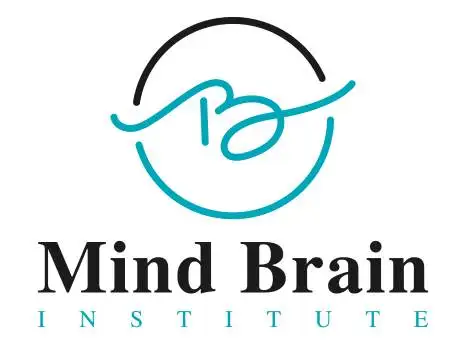
- Posted By MindBrain
- Comments 0
Ketamine assisted therapy (KAT) is gaining recognition as a powerful tool for the treatment of various mental health conditions, including depression, anxiety, PTSD, and addiction. Unlike traditional talk therapy, KAT combines the administration of the dissociative anesthetic ketamine with psychotherapy to help patients confront and work through their emotional challenges. While ketamine itself plays a significant role in this therapy, the importance of “set” and “setting” cannot be overstated. In this blog post, we will explore the critical role of set and setting in the effectiveness of ketamine assisted therapy and how they contribute to its positive outcomes.

1.Understanding Set and Setting:
Set and setting are two interconnected aspects of the therapeutic environment in KAT:
- Set: “Set” refers to an individual’s mindset or psychological state at the time of the therapy session. It encompasses the patient’s thoughts, emotions, expectations, and overall mental state. A patient’s set can significantly influence their experience during the KAT session.
- Setting: “Setting” pertains to the physical and social environment in which the therapy takes place. It includes factors such as the physical location, the presence of therapists, the ambiance, lighting, and comfort level. The setting plays a crucial role in creating a safe and supportive atmosphere for the patient.
2.The Interplay Between Set and Setting:
The effectiveness of KAT hinges on the dynamic interplay between set and setting. Here’s how each of these elements contributes to the therapy’s success:
- Set: A patient’s mindset before and during a KAT session can have a profound impact on the therapeutic outcome. When patients enter the session with an open and receptive mindset, they are more likely to engage in introspection, confront their issues, and experience positive shifts in their mental state. On the other hand, if a patient is anxious, fearful, or resistant, it can hinder the therapeutic process and even lead to adverse reactions. Therefore, therapists work closely with patients to help them cultivate a positive and accepting set.
- Setting: The physical environment and the therapeutic team’s support play a crucial role in ensuring the patient’s comfort and safety. A calming and aesthetically pleasing setting can enhance the patient’s sense of well-being and relaxation. Moreover, the presence of experienced therapists who can provide guidance and emotional support during the session helps patients navigate their journey through the altered state induced by ketamine.
Also Read : Unveiling Ketamine: A Potential Ally in Treating Panic Attacks
3.Creating an Optimal Set and Setting:
To maximize the benefits of KAT, therapists and patients should work together to establish an optimal set and setting:
- Therapeutic Relationship: Building trust and rapport between the patient and therapist is essential. Patients should feel safe, respected, and understood by their therapists, which can positively influence their set.
- Pre-Session Preparation: Therapists often conduct pre-session meetings to discuss patients’ intentions, concerns, and goals for the session. This helps patients set a positive and constructive mindset.
- Physical Environment: Ensuring a comfortable, serene, and aesthetically pleasing setting can contribute to a positive experience. Soft lighting, comfortable seating, and calming decor can help create a soothing atmosphere.
- Emotional Support: Having therapists present during the ketamine experience provides patients with emotional support and guidance. Therapists can help patients navigate challenging emotions and insights that may arise.
Conclusion
In the realm of ketamine assisted therapy, set and setting are not mere ancillary elements; they are integral to the success of the treatment. The state of mind with which a patient enters the session and the environment in which the therapy takes place can significantly influence its outcome. By paying careful attention to set and setting, therapists and patients can enhance the effectiveness of KAT and promote healing, personal growth, and transformation in those struggling with mental health challenges.


